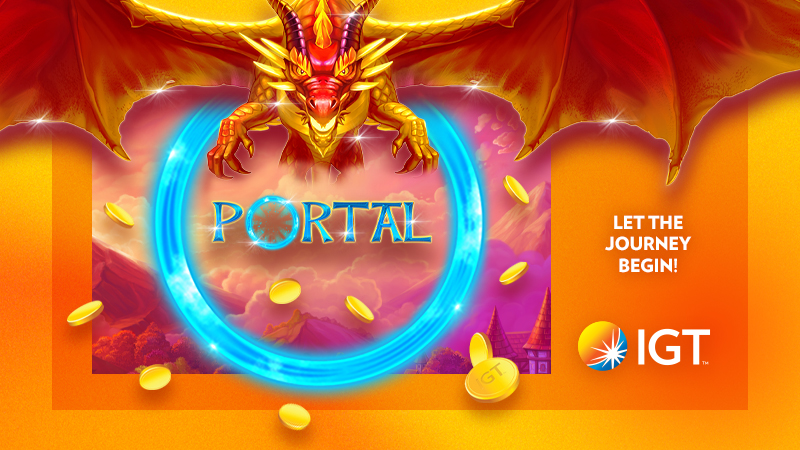GUIDE TO PLANNING A DIGITAL MARKETING STRATEGY
Over the last couple of months, I have done a number of presentations at various seminars and summits around Digital Marketing and Social Media, and the same questions have popped up numerous times…How do you actually put a digital marketing strategy plan together? Where do you start?
So, here’s a basic outline of where to start and what to include as well as some helpful links.
The first thing to keep in mind that any marketing aim should always be about the ability to
REACH THE RIGHT CUSTOMER
WITH THE RIGHT MESSAGE
AT THE RIGHT TIME.
And that includes using the right communications channels to do so.
Whilst it might not always be digital – you could have a top gamer who will only respond to direct mail, so then, of course, you would use that channel – but in the majority of cases, digital communication is highly targeted, cost-effective and measurable.
-
DETERMINE WHAT YOU WANT TO DO.
The first thing you need to do before you start any campaign is to determine what you want to achieve from the process. What are your goals?
Are you trying to inform, activate or initiate an action, build a relationship, sell a ticket, change an attitude, educate or attract a new audience? Set clear goals and also outline how you are going to measure your success.
-
DETERMINE YOUR TARGET MARKET (THE RIGHT CUSTOMER)
Clearly define your target market – who you want to reach. Who are you speaking to? Spend some time segmenting and documenting your “Buyer Personas.” You will want to understand what motivates them to purchase your products or service (why do they come to game at your club, dine at your restaurant, train at your gym etc).
What are their pain points, challenges, and goals? What are they looking for in a product or service like yours? The more fully you understand this person, the more successful your marketing outcomes.
And don’t forget a single product or service may have several target markets that will respond to a variety of different messages. Take gaming for example – males and females have different motivations and are looking for different experiences when they game. There are also differences between daytime and late-night gamers. You need to provide multiple profiles for each area of business.
-
CREATE CONTENT YOUR TARGET MARKET IS INTERESTED IN (THE RIGHT MESSAGE)
It’s hard to grab attention these days. People are selective about what content they consume, and how they consume it. If you send out the same generic message to all members, to most of them, it is going to be spam.
What can you say to your targeted “buyer persona” that will resonate with them and prompt engagement? What frustrations do people have with clubs or venues like yours and how are you different? What is your “secret sauce” – your unique selling point? How can you make their life a little better?
-
CREATE A GOOD EXPERIENCE ON YOUR WEBSITE
Most of your digital marketing activities are going to have a goal of driving traffic to your website. It will be futile if nothing happens when they get there. The goal of the website should be to have a visitor convert in some way: make a booking at your restaurant, buy a ticket to a show, subscribe to your newsletter, or download a resource like an app or digital magazine. This is called conversion. And if your website isn’t converting, what is its purpose? Here are a few things to consider:
- Make it easy to get to the most important areas of your site. Remove clutter, and put the most important information and links front and centre. In addition, tell your visitors what it is you want them to do when they arrive on a specific page. Place relevant calls-to-action in places where it is natural to take the next step in the buyer’s journey. Every page on your site should have a goal and a clear action that a visitor can take.
- Optimise your site for the search engines. There are agencies that specialise in nothing but search engine optimisation, so this is a really broad topic, but there are some basic things that you can do to make sure that your site is friendly for Google and help people find you online. First, identify what keywords you want to use. Keep it simple and focused around your main products and services. Moz Keyword Explorer is a great tool to help find your best keywords. Once you’ve identified your target keywords for each main page, place them in the meta data of your site. There are free tools that can do it for you like Yoast SEO plugin for WordPress. If you want to learn more about SEO, Moz is a great resource and also have a look at Rand Fishkin’s Whiteboard Fridays.
- Collect data from your website visitors and regularly check it to improve your user experience and conversion rate. There are some free tools that can help with this. Google Analytics is the best source of data for your website and it comes with free courses to help you learn how to use it. You can also look at Hotjar to see heat maps of user activity. Once you’ve set up some funnels and goals in analytics and examined activity on your site, you will begin to see clear areas for improvement. This process is called Growth Driven Design. You should also check out Hubspot’s Marketing Platform. There are many price levels, but there is a free version that provides the basics for capturing, tracking, and converting leads.
- Make it look good on mobile. Make sure your website (and your EDM communications) are mobile responsive. Sixty percent of all online searches are now performed on mobile.
-
BE FOUND THROUGH DIRECTORY LISTINGS
Your website is your “home base” online, but companies with brick-and-mortar only locations (which club & pubs obviously are) see nearly three times more traffic across third-party services than their own website. Therefore, it is imperative that you “own” all of your directory listings. Some examples of directory listings are Facebook, Google, Bing, Yahoo, Apple maps, Snapchat etc. The reality is that they probably already exist, but may have bad information. These sites scrape data from across the web and use crowd sourced information and suggestions to create listings for your business. Google sees it as a positive sign if the data from these listings is consistent. If you claim all of your listings you can:
- Provide Consistent and Accurate information across the web and send positive signals to Google.
- Use these listings to engage with users and promote marketing messages.
- Monitor and manage your reputation by reviewing and responding to reviews.
-
DELIVER YOUR MESSAGE AT THE RIGHT TIME AND VIA THE RIGHT CHANNELS
Timing is important and will vary with different target audiences, the outcomes you want to achieve and the message itself. It will be a matter of testing. For instance, if you are communicating through social media, then most people view their social media sites early in the morning and later in the evening, so you’ll want to time your posts for best engagement – not just post when it is convenient for you. However, if you want an immediate reaction or response to a smaller group – like an offer to gamers for example – a text message would be the better option than an email.
If you are using paid advertising, then there are numerous options.
With Google you can run paid search ads, you can run ads on the Google Display Network, you can run ads on YouTube, and you can even run ads in Gmail. What really makes this platform work is Google’s intelligence. They know user’s search history, so you can put your message in front of people with specific interests, people with active in-market searches for your type of product or service, people that visit specific websites, people who have been to your website, people who have viewed your YouTube videos, etc. Take some time to learn how to use the Google tools – you can click here to see the free courses available through the Google Academy.
Facebook is by far the leading social network in Australia with over 17 million users and it is the digital space that your members more than likely occupy. Like Google, Facebook has a lot of data about their users and there are very advanced targeting options available to marketers. Facebook owns Instagram as well, so that network is available through the same platform. Like Google, Facebook has an academy where you can learn best practices.
If you are a Drop member, log into the IGTGA page to view an in-depth video presentation by Laurel Papworth, one of the top Social Media Influencers in the world. This is Laurels’ keynote address from an IGT VIP Customer Forum. Laurel explains how to harness the power of Social Media to attract more targeted customers to your venue.
7. SUPERCHARGE YOUR BRAND WITH CONTENT
Consumers have come to expect that the brands they interact with online will have something to offer them before they begin a conversation. By providing content through your blog, email, newsletter, or your YouTube or social media channels, you are positioning yourself as an “expert” and building trust. Content also allows you to connect emotionally with consumers and demonstrate who you are as a brand.
Remember the 80/20 rule when it comes to content – 80 percent of your content should be used to educate, inform, entertain, or inspire. Just remember to make it relevant to your persona’s life. Only 20 percent should be a direct sale or offer.
Article by: Linda Joannides
0419 954 999








